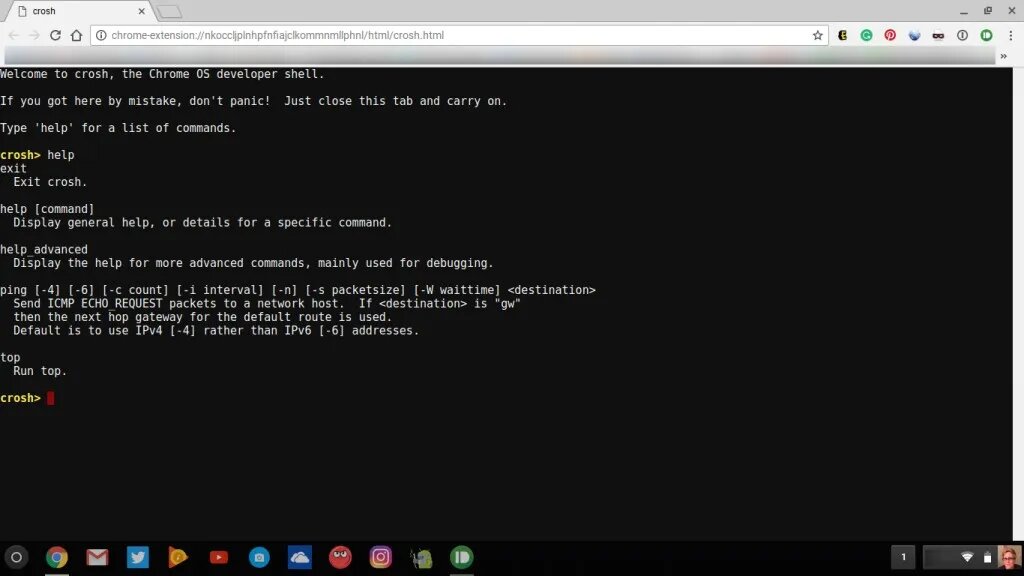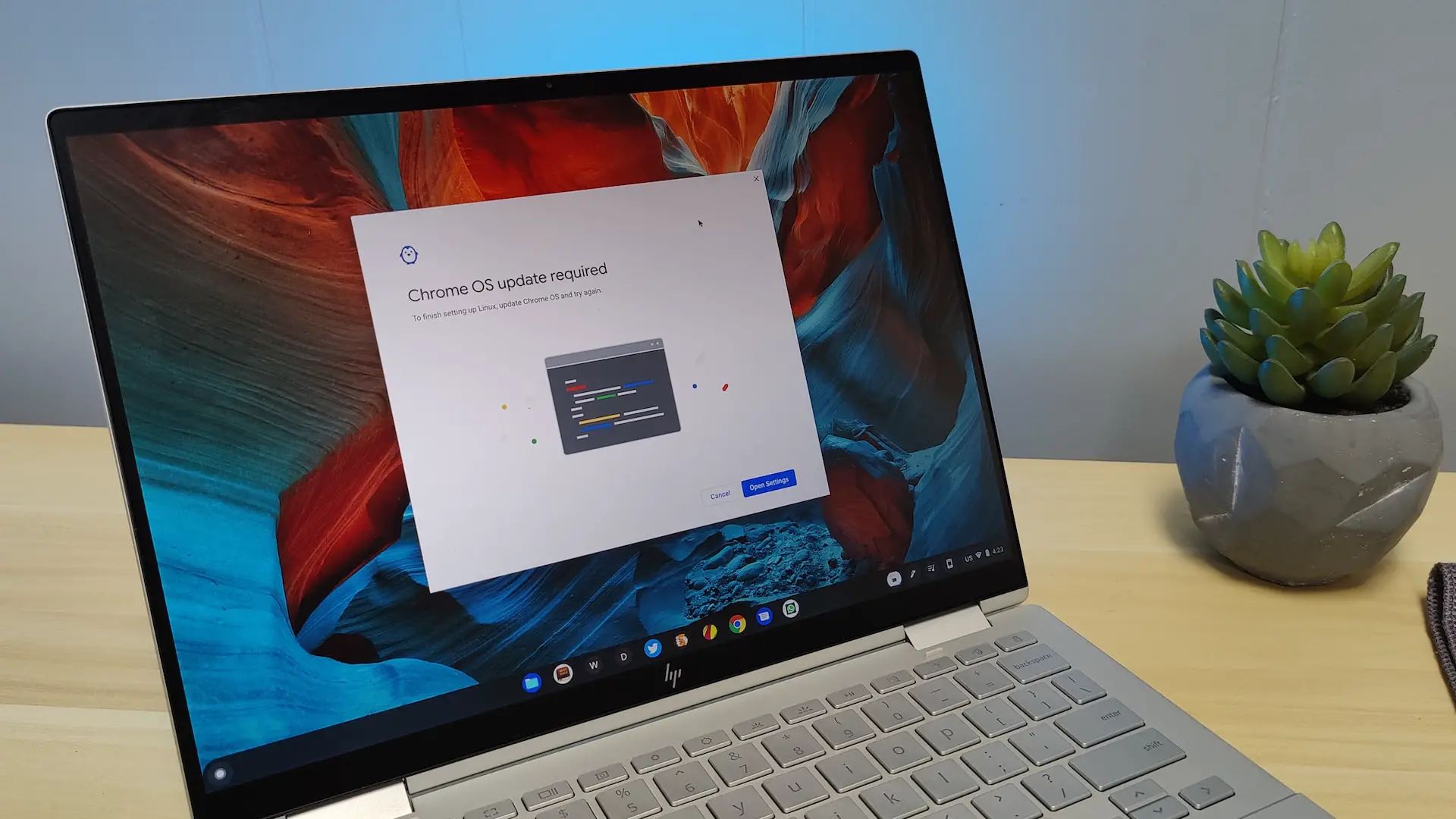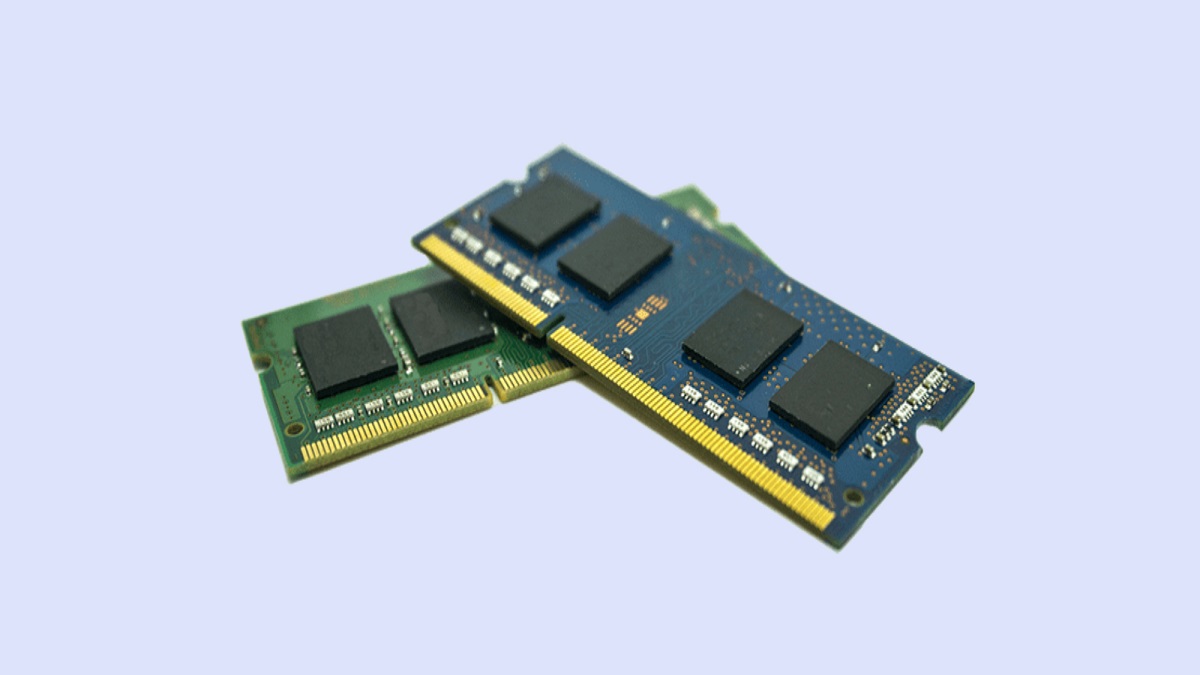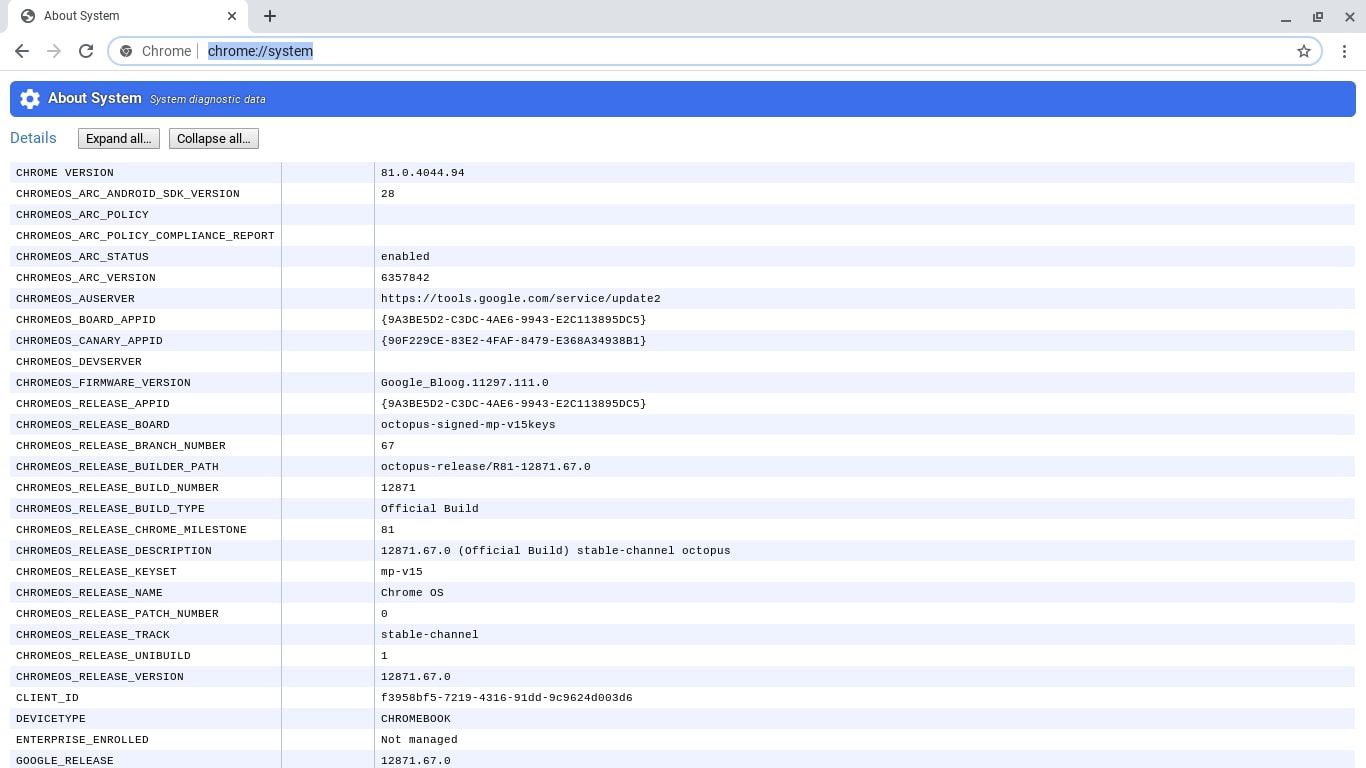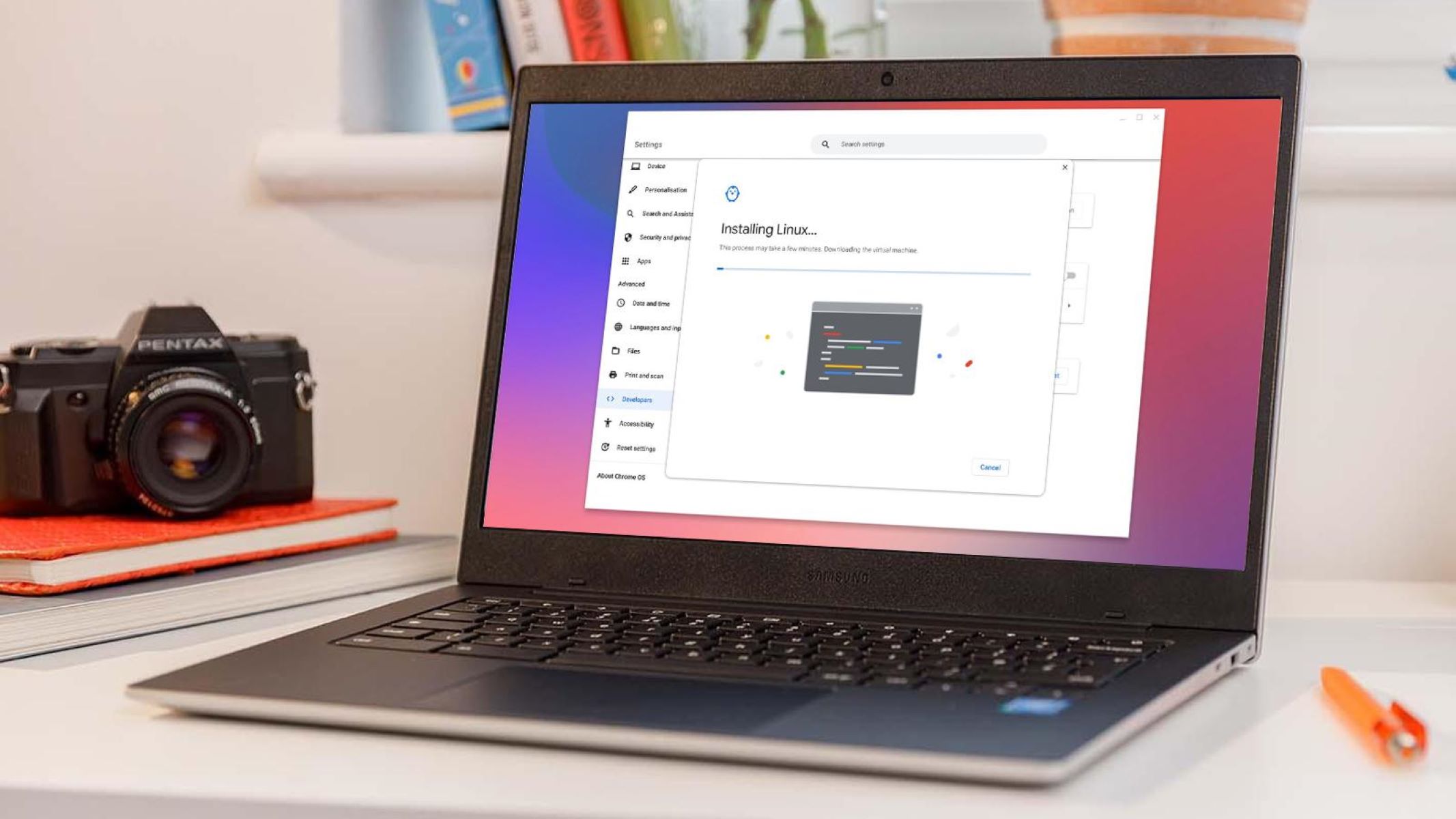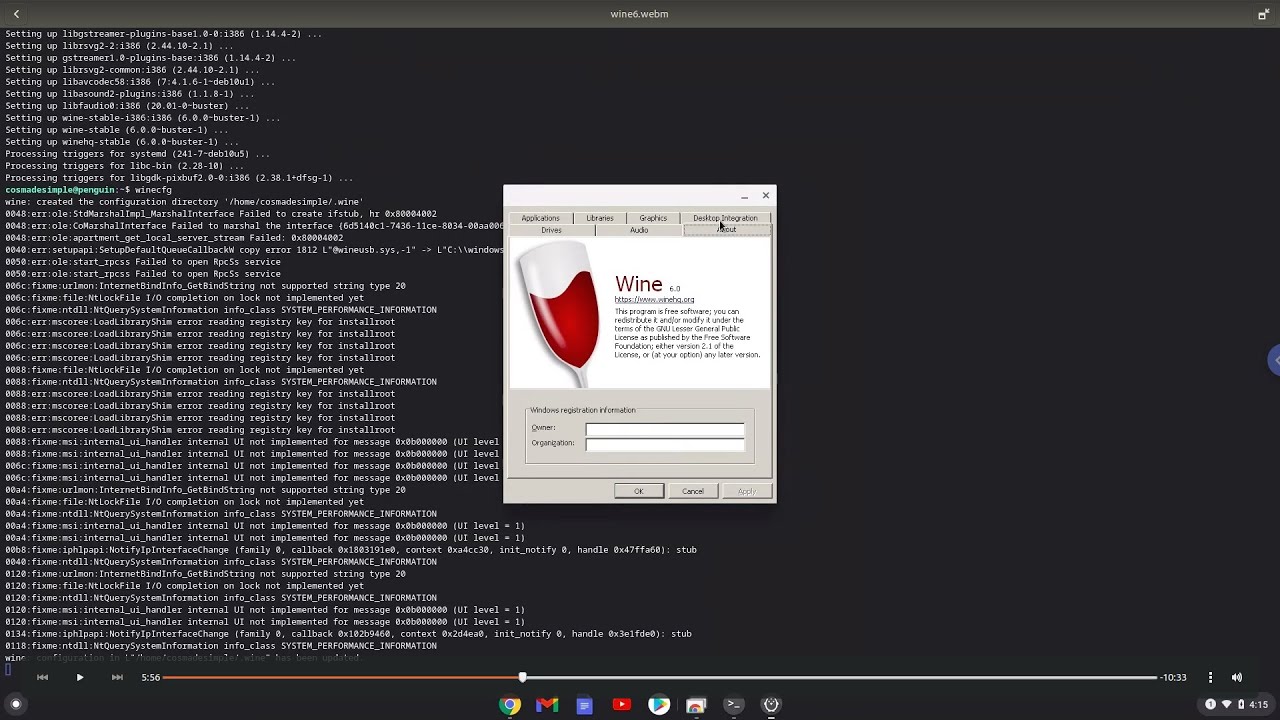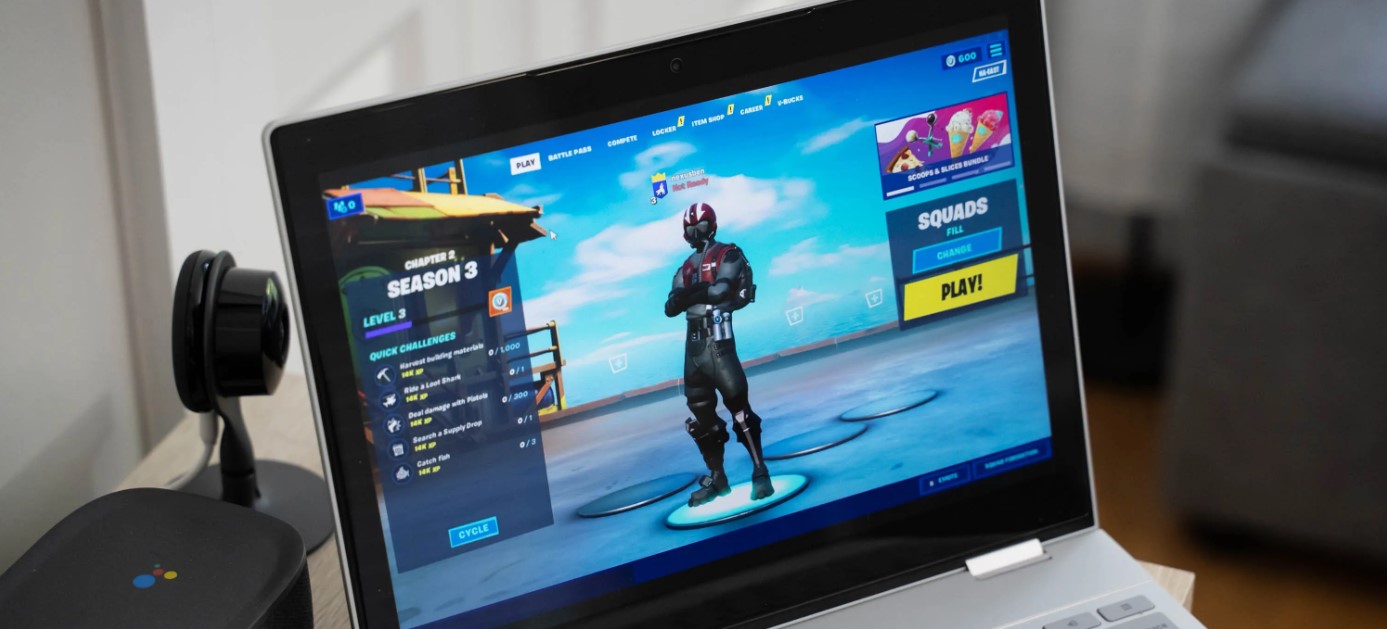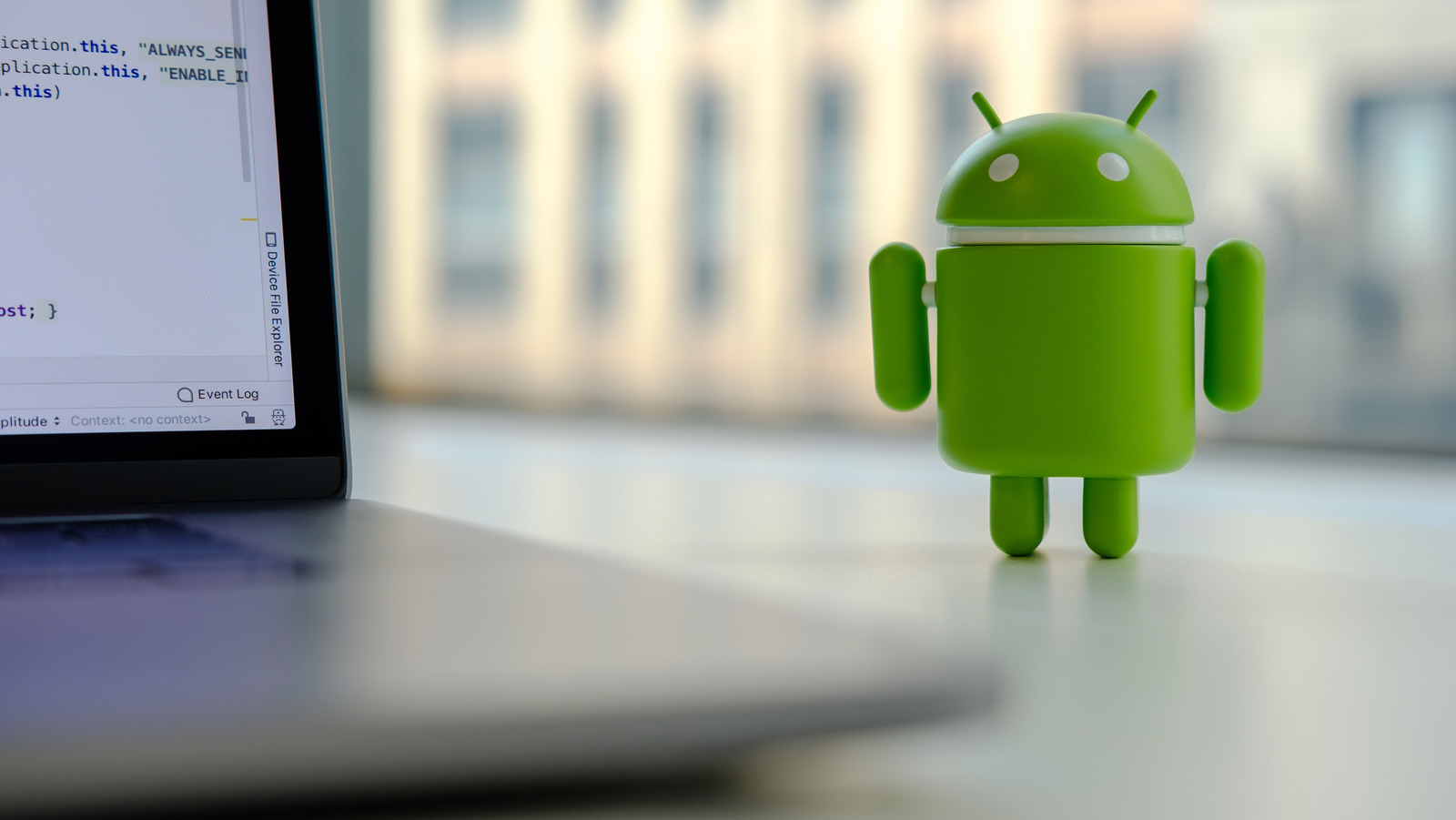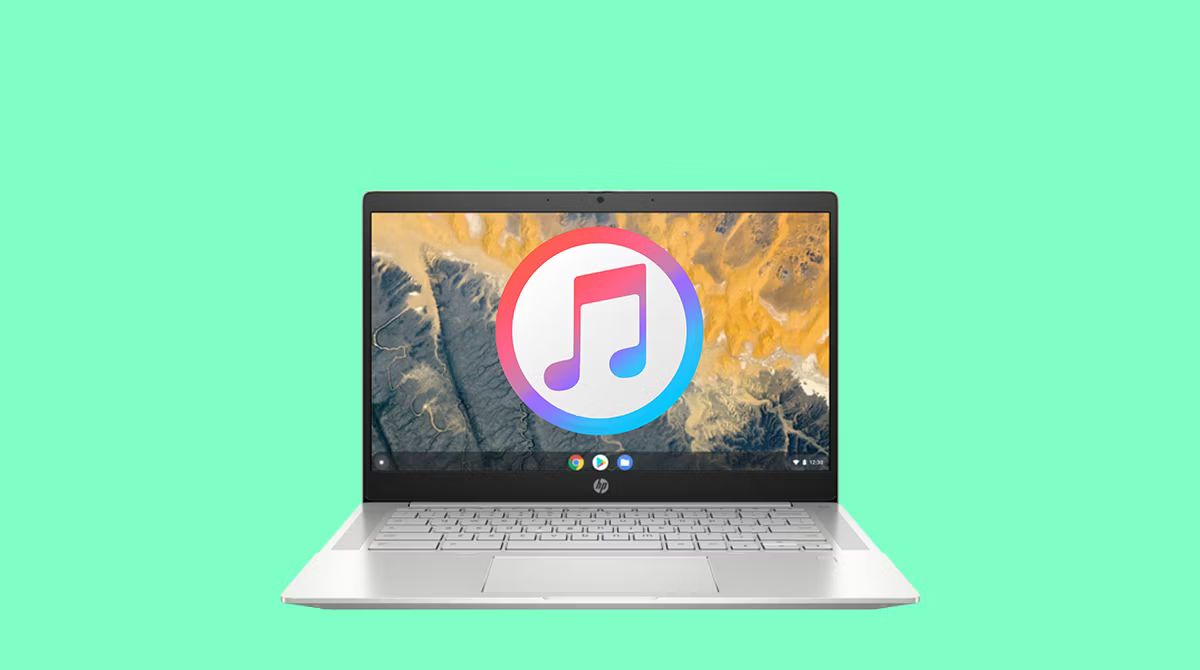Introduction
Chromebooks have become increasingly popular due to their affordability, simplicity, and security features. While they are primarily designed to work with web-based applications, there are times when you may need to access the command prompt or terminal on your Chromebook. Whether you’re a developer, system administrator, or simply curious about exploring the command line, having the ability to open the command prompt can be highly beneficial.
In this article, we will explore various methods to open the command prompt on a Chromebook. We will cover the options available through the Terminal app, the Crosh Shell, and the Linux (Beta) feature. Each method provides a different level of access and functionality, so you can choose the one that best suits your needs and skill level.
Before we begin, it’s important to note that not all Chromebooks support running Linux applications or accessing the command prompt. The methods outlined in this article apply to Chromebooks that have the necessary features enabled. It’s always a good idea to check your Chromebook’s specifications and settings to ensure you can follow along with the methods described.
Now, let’s dive into the different methods of opening the command prompt on your Chromebook.
Method 1: Using the Terminal app
One of the simplest ways to open the command prompt on your Chromebook is by using the Terminal app. The Terminal app provides a full-fledged command-line interface where you can execute various commands and scripts.
To open the Terminal app, follow these steps:
- Go to your app launcher by clicking on the circle icon located in the bottom left corner of your screen.
- Type “Terminal” in the search bar at the top of the app launcher.
- Click on the “Terminal” app icon that appears in the search results.
Once the Terminal app opens, you’ll see a command-line interface where you can start typing commands. The Terminal app on Chromebook uses the Linux-based Crostini platform, which allows you to run Linux applications and commands directly on your Chromebook.
You can use various Linux commands and utilities within the Terminal app to perform a wide range of tasks. For example, you can navigate through directories using the “cd” command, list files and directories using the “ls” command, and install software using package managers like “apt” or “yum”. The Terminal app provides you with the flexibility and control of a traditional command-line interface.
To exit the Terminal app, simply type the “exit” command or use the keyboard shortcut “Ctrl + D”. This will close the command prompt and return you to the Chrome OS interface.
Method 1 is suitable for users who are comfortable with the command line interface and want to have more control over their Chromebook. It allows you to execute Linux commands and run scripts, opening up a wide range of possibilities for development, system administration, and troubleshooting tasks.
Method 2: Using the Crosh Shell
Another way to access the command prompt on your Chromebook is by using the Crosh (Chrome OS Developer Shell) Shell. The Crosh Shell provides a command-line interface specifically designed for Chromebooks, giving you access to various diagnostic and debugging commands.
To open the Crosh Shell, follow these steps:
- Press the “Ctrl + Alt + T” keys simultaneously. This will open a new browser tab with the Crosh Shell.
- Type “help” to see a list of available commands and their descriptions.
The Crosh Shell offers a range of commands that allow you to gather system information, troubleshoot network connectivity, check hardware status, and more. It provides a useful toolset for Chromebook users who need to perform advanced diagnostics and analysis.
For example, you can use the “ping” command to check network connectivity, the “top” command to view system processes and resource usage, and the “battery_test” command to assess the battery health of your Chromebook. These commands can provide valuable insights and help you identify and resolve issues.
To exit the Crosh Shell, simply type the “exit” command or use the keyboard shortcut “Ctrl + D”. This will close the command prompt and return you to the Chrome OS interface.
Method 2 is ideal for users who want a quick and easy way to access the command prompt on their Chromebook for diagnostic and troubleshooting purposes. The Crosh Shell offers a streamlined set of commands specific to Chromebooks, allowing you to gather information and perform basic system maintenance.
Method 3: Using the Linux (Beta) feature
If you’re looking for a more robust and versatile command-line environment on your Chromebook, you can utilize the Linux (Beta) feature. With Linux (Beta), you can install and run Linux applications directly on your Chromebook, including powerful command-line tools and development environments.
To enable the Linux (Beta) feature and access the command prompt, follow these steps:
- Click on the clock in the bottom right corner of your screen to open the system tray.
- Click on the gear icon to open the settings menu.
- Scroll down to the “Linux (Beta)” section.
- Click on the “Turn On” button to enable Linux (Beta).
- Follow the on-screen prompts to install the necessary components.
- Once Linux (Beta) is enabled and installed, you can access the command prompt by opening the Terminal app as described in Method 1.
The Linux (Beta) command-line environment provides you with a full Linux shell, allowing you to use familiar commands and tools. You can install and run popular Linux applications, programming languages, and development tools, expanding your capabilities beyond what is available on Chrome OS.
With Linux (Beta), you can develop software, compile code, run scripts, and perform advanced system administration tasks. Whether you’re a programmer, a data scientist, or a Linux enthusiast, this method offers the most extensive command-line functionality on your Chromebook.
To exit the Linux (Beta) command prompt, simply type the “exit” command or use the keyboard shortcut “Ctrl + D”. This will close the command prompt and return you to the Chrome OS interface.
Method 3 is perfect for users who require a complete Linux command-line environment on their Chromebook. By enabling the Linux (Beta) feature, you can unleash the full power of the command prompt, making it an excellent choice for developers, system administrators, and Linux users who need a versatile and customizable environment.
Conclusion
Opening the command prompt on your Chromebook can greatly enhance your productivity and flexibility. Whether you prefer a simple terminal app, the Chrome OS Developer Shell (Crosh), or the Linux (Beta) feature with its full Linux command-line environment, there are multiple methods to choose from based on your needs and familiarity with command-line interfaces.
The Terminal app offers a user-friendly and familiar command-line interface for executing Linux commands, while the Crosh Shell provides a specialized set of commands for diagnostics and debugging. If you require a more comprehensive command-line environment, enabling the Linux (Beta) feature unlocks the full potential of your Chromebook by allowing you to run Linux applications and perform advanced system tasks.
Remember to ensure that your Chromebook supports the necessary features, such as Linux (Beta) and Crosh, before attempting to open the command prompt. Your Chromebook’s specifications and settings may vary, so it’s always a good idea to consult your device’s documentation or support resources for specific instructions.
With the ability to access the command prompt, you can take full control of your Chromebook, customize your workflow, perform system maintenance tasks, and explore the vast array of commands and utilities available at your disposal. Whether you’re a developer, an enthusiast, or a power user, having access to the command prompt on your Chromebook opens up a world of possibilities.
So go ahead and try out the different methods outlined in this article. Discover the command-line features of your Chromebook, experiment with various commands, and find ways to enhance your productivity. Embrace the power of the command prompt and unleash your potential on your Chromebook.







